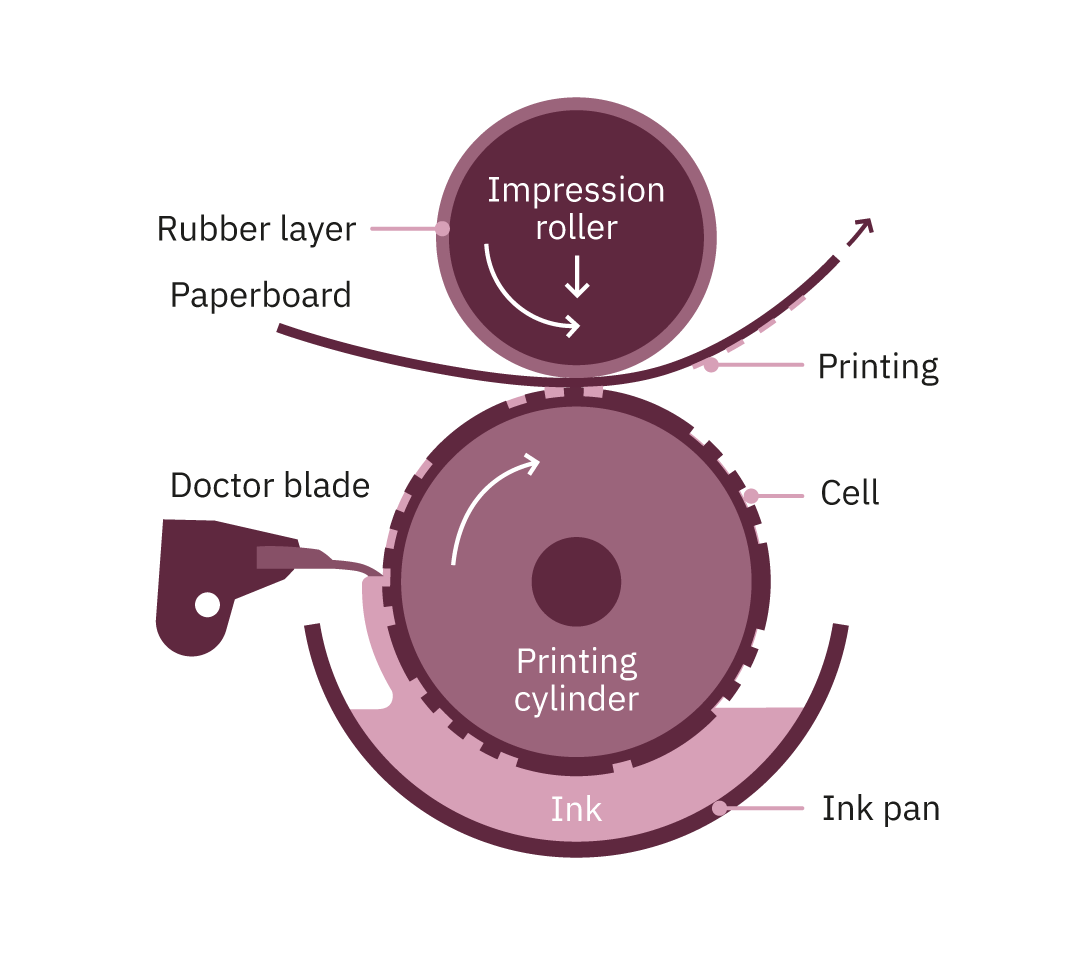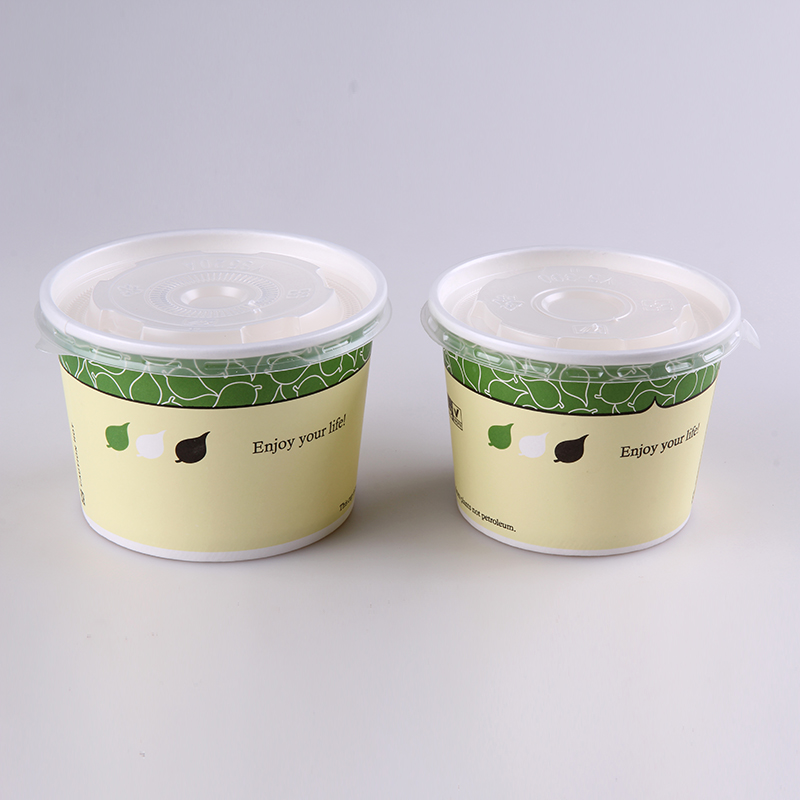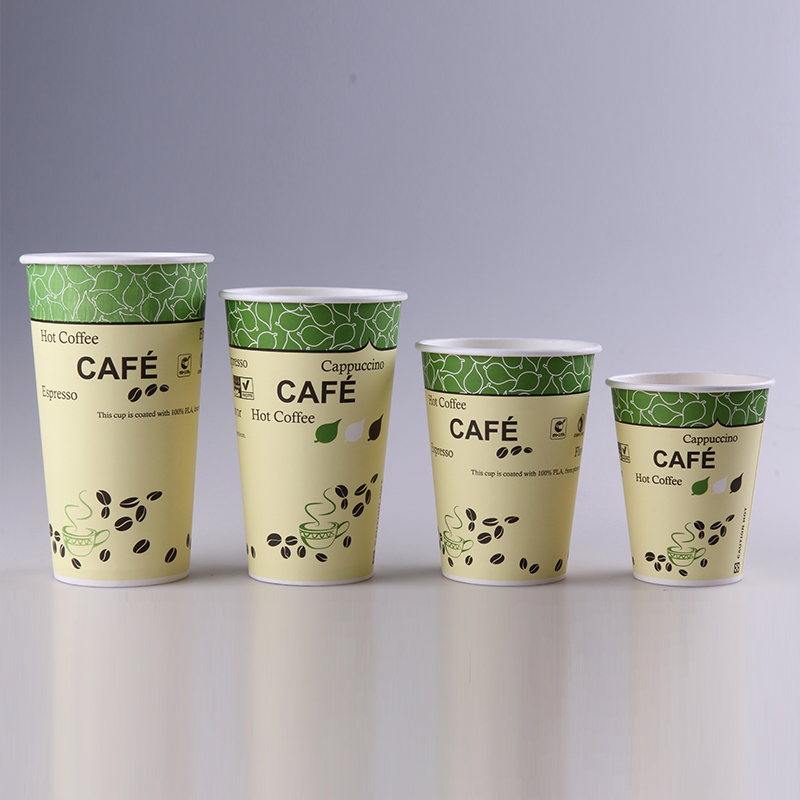Comprehensive Overview of Printing Techniques
-
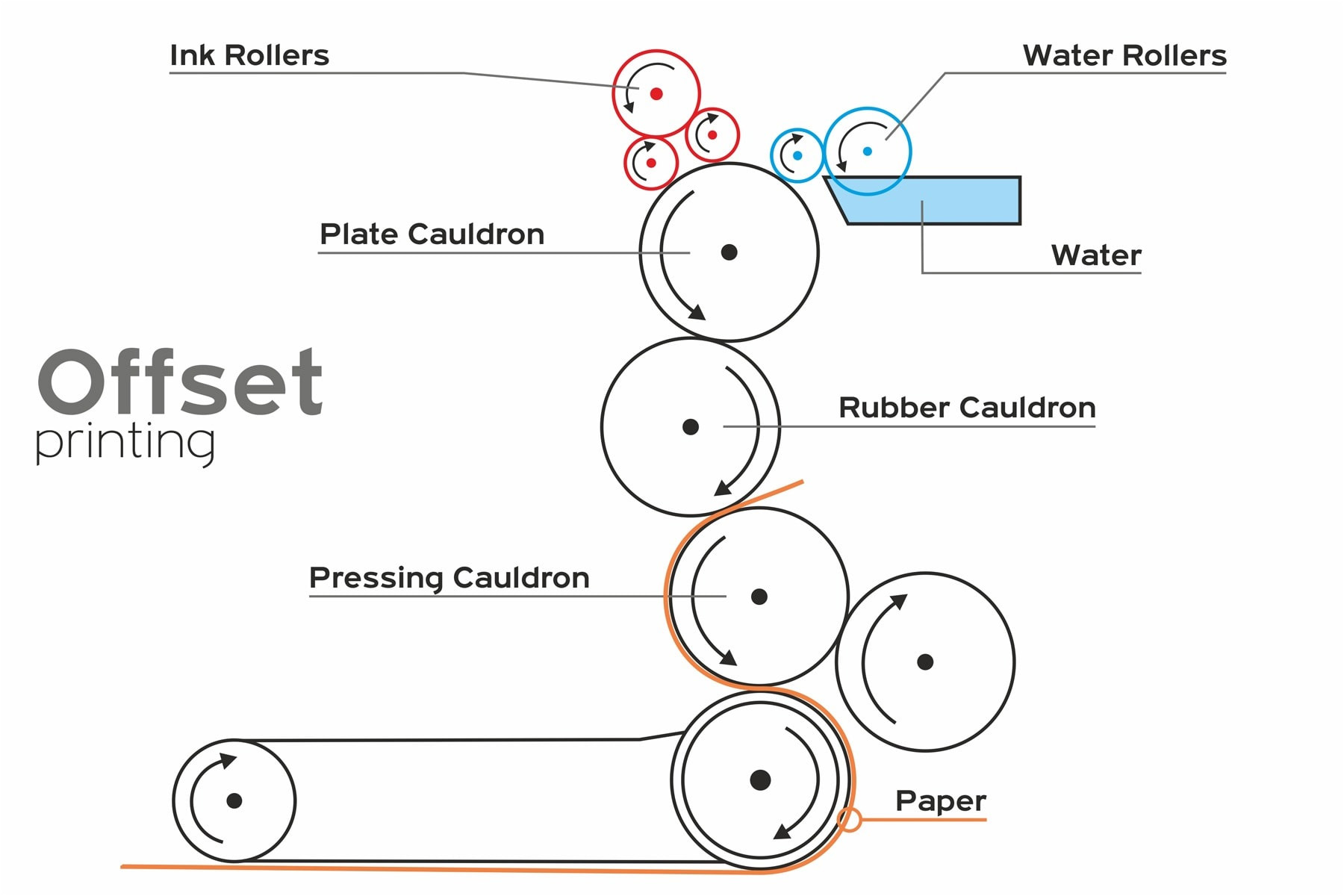 Offset PrintingProcess:Uses printing plates to transfer ink via a rubber blanket onto the substrateKey Attributes:Superior color accuracy (up to 200 LPI resolution)CMYK+Pantone spot color capabilityTypical speed: 10,000-15,000 sheets/hourApplications:Pre-printed metal sheets for three-piece cansHigh-end cosmetic packagingPharmaceutical containers
Offset PrintingProcess:Uses printing plates to transfer ink via a rubber blanket onto the substrateKey Attributes:Superior color accuracy (up to 200 LPI resolution)CMYK+Pantone spot color capabilityTypical speed: 10,000-15,000 sheets/hourApplications:Pre-printed metal sheets for three-piece cansHigh-end cosmetic packagingPharmaceutical containers -

Digital Printing
The imaging system is directly controlled by a computer to convert digital files into physical printed matterEmerging Technologies:UV inkjet systems (Xaar, Durst platforms)Toner-based electrophotographyHybrid digital/analog systemsCapabilities:Resolution: 600-1200 dpiColor gamut: 90% Pantone coverageMinimum feature size: 50 microns
Aerosol Can-Specific Printing Solutions
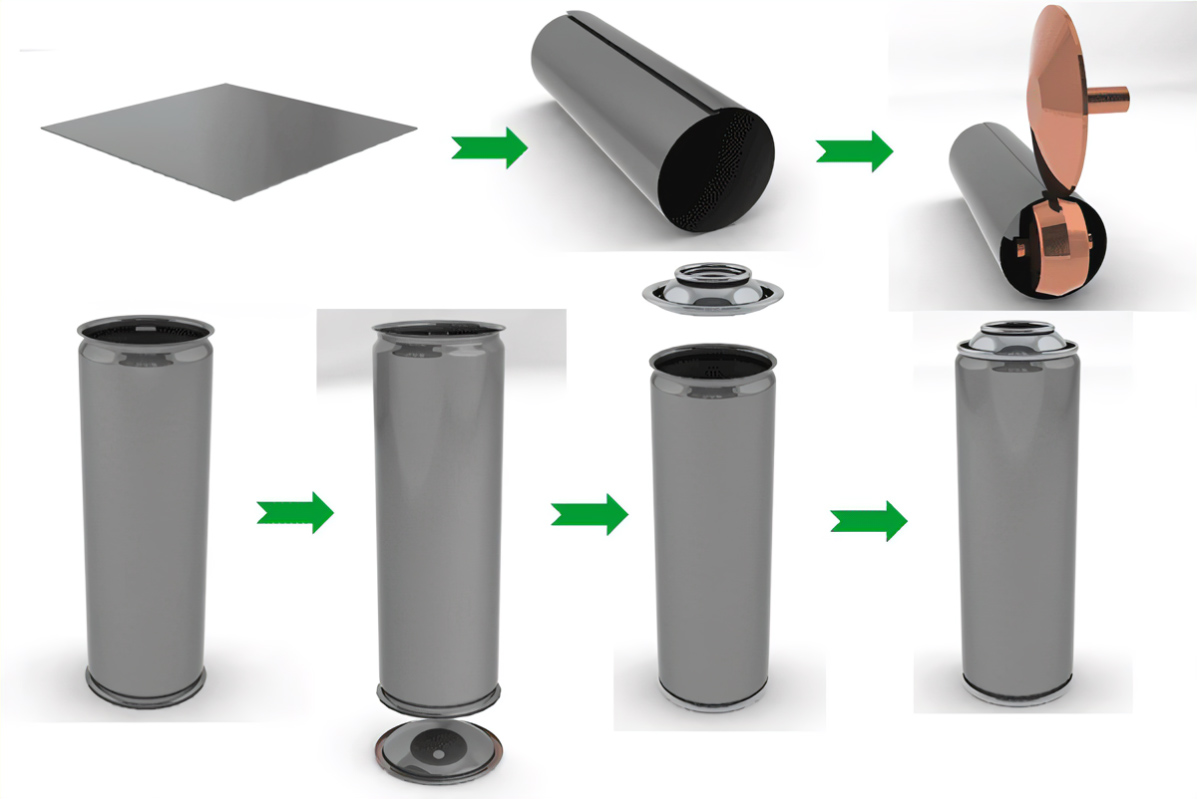
Three-Pieces Aerosol Tin Can Production
Click the link to get the product introduction of the 3-piece aerosol can
Manufacturing Flow:
Sheet printing (4-6 color process)
Varnish application (2-5μm coating)
Stoving (150-180°C for 8-12 minutes)
Bodymaking (DWI or DRD processes)
Quality Benchmarks:
Adhesion: Cross-hatch test (ASTM D3359)
Chemical resistance: MEK rubs (50+ cycles)
Sterilization: 121°C/30min steam treatment
Two-Pieces Aerosol Tin Can Production
Click the link to get the product introduction of the 2-piece aerosol can
Inline Printing Systems:
Dry offset (litho) presses (6-8 stations)
UV-LED curing (365-395nm wavelength)
Hot foil stamping integration
Performance Standards:
Line speed: 800-1,200 cans/minute
Registration accuracy: ±0.1mm
Ink cure: 95%+ polymerization in <0.5s

Aluminum Aerosol Tin Can Production
Click the link to get the product introduction of the aluminum aerosol can
Surface Treatments:
Corona discharge (48-52 dynes/cm)
Base coat application (3-5μm)
Overprint varnish options:
Matte (20-30 gloss units)
Gloss (70-80 gloss units)
Soft-touch (special effect)
Decoration Methods:
In-mold labeling (IML)
Shrink sleeve application
Direct-to-shape digital printing
